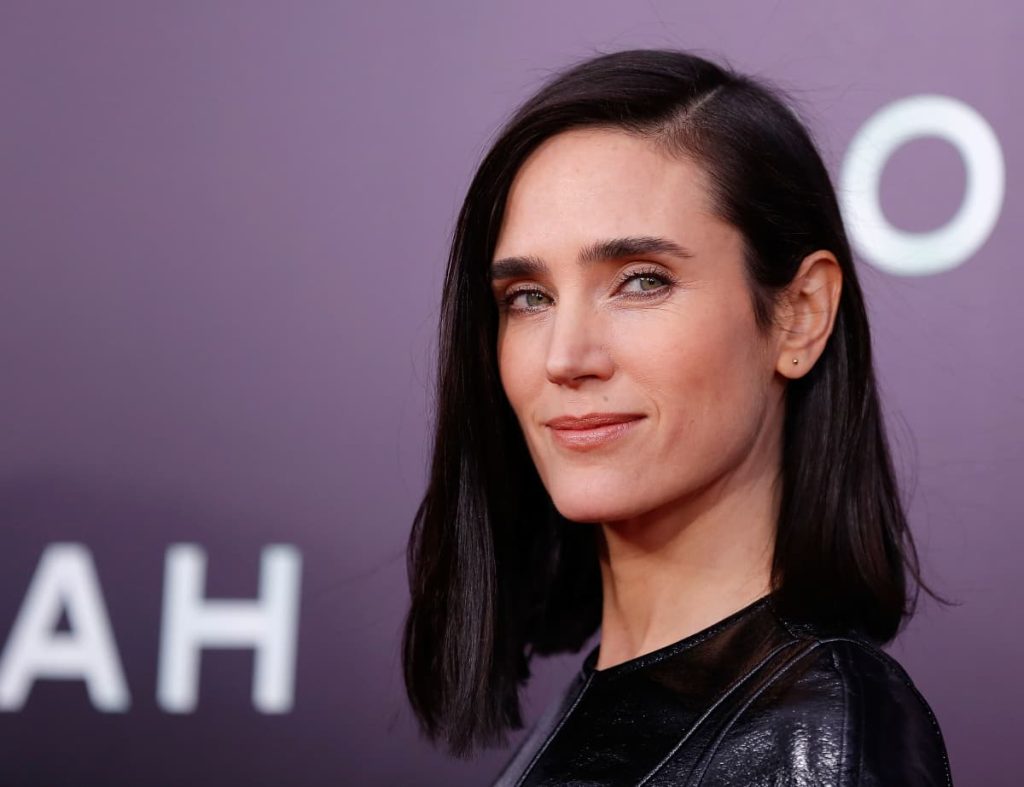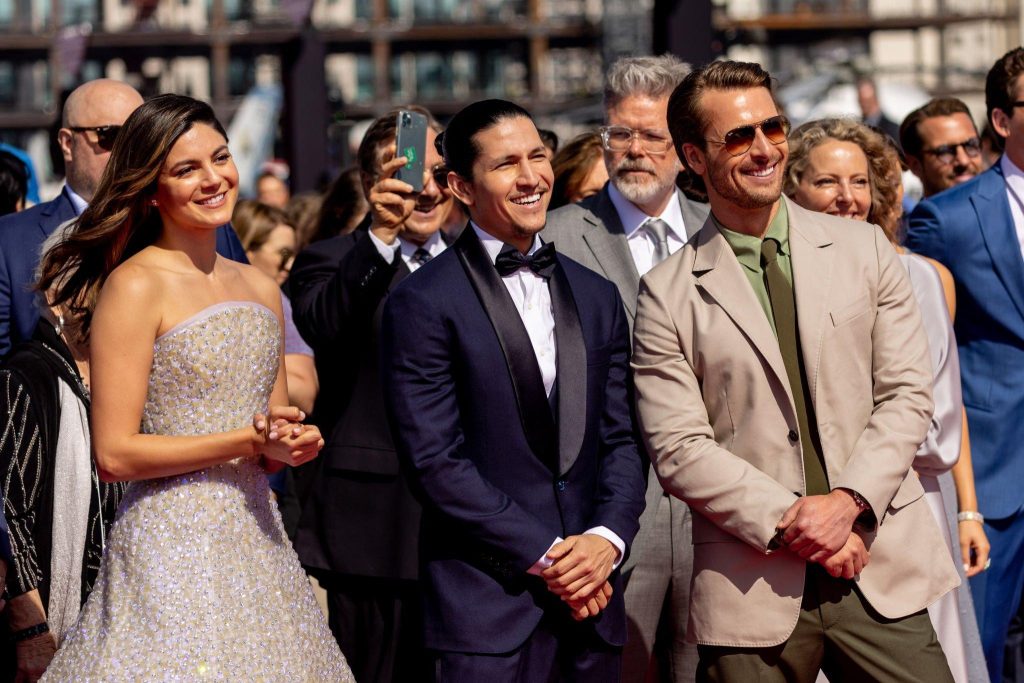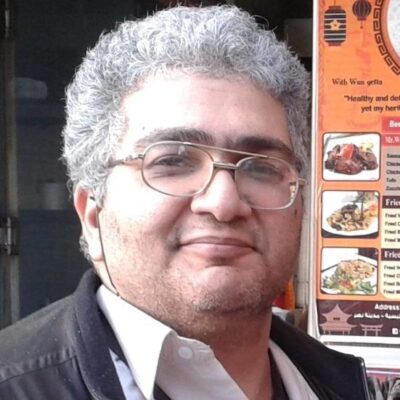
I finally watched Top Gun: Maverick (2022). Even the most cynical reviewers out there liked it, and I grew up with the original 1986 movie, so naturally, I had to watch it, and in a cinema too.[1] And to be completely objective, I re-watched the original shortly afterward to pair up the two films to ensure that my memory wasn’t playing tricks on me. I’m glad to say the original is still better but, at the same time, that the new movie is great!
By Emad Aysha (PhD)
The story is about renegade Navy pilot Capt. Pete ‘Maverick’ Mitchell is hired by the Top Gun pilot school for one last time to teach the best of the best for a death-defying mission into enemy territory, to take out a nuclear reactor before it goes operational. They don’t tell you specifically ‘where’ this mission is taking place, but you guess it’s some former Communist country close to Europe, given the red stars on their fighter jets and the snow and forests in the target zone. (They also mention NATO in the security debriefing, so I suspect the nation in question is Russian ally Belarus). To make matters worse for poor Maverick, he has to contend with the fierce son (Miles Teller as Lt. Bradley ‘Rooster’ Bradshaw) of his best friend from the previous movie (‘Goose’ aka Anthony Edwards), who is also earmarked for the mission. The boy is angry at Maverick for messing up his career and still hasn’t outgrown his father’s tragic death, jeopardizing the whole task. And to add to the psychodrama, Maverick bumps into an old flame of his running a bar, and the sparks start flying in no time.
Needless to say this is all propaganda, given away by the fact that the Americans want to bomb the reactor before it gets the uranium, so as to avoid civilian casualties from the fallout. Like the Americans would hesitate for one minute to bomb the Iranians into the dust and irradiate the whole damn country. Still we shouldn’t hold that against the movie. The original classic was a propaganda movie itself, made with the explicit help of the US Navy and without a single swear word to be heard, even with an actor like Michael Ironside in it. The important thing is the execution and the intelligence of the movie, technically, emotionally and in terms of narrative, and both the original and the sequel come out with flying colours. I thoroughly enjoyed myself while routing for the bad guys’ wounded sovereignty!!
Morality Stakes and Fries
The movie begins with a throwback to the original, with similar scenery and music and cinematography, and it’s great. You could feel the energy bubbling up to the surface and knew straight off that this was going to be a good old fashioned joyride. Then you get visual storytelling with Maverick prepping for a test flight of a supersonic jet, living with his memories of Top Gun and losing his best friend Goose, along with photos of Goose’s son and how clearly angry he is. (While I don’t particularly like the actor Miles Teller, they did pick somebody who has an uncanny resemblance to Anthony Edwards, and beefed him up and blonded him to look like him even more). Joseph Kosinski’s an up and coming director and he does a really good job here, having worked with Tom Cruise on Oblivion (2013), and like in that movie you have a superior blend of humour, tragedy, action, high-concepts and triumph, not to forget mundane details. Cut to Maverick doing a test flight that is supposed to be cancelled, by a bigwig military honcho (Ed Harris) who wants drones to replace flesh and blood pilots. Everything goes fine at first but Maverick has to push the fold and almost gets himself killed for it. The scene where he’s at a diner and asks where he is, looking like an astronaut from another planet, is especially hilarious. That’s when he gets his latest, and last, mission at Top Gun, courtesy his good friend Admiral Tom ‘Iceman’ Kazansky (Val Kilmer).
That’s where he bumps into his old flame Penny Benjamin (Jennifer Connelly). It’s a shame they didn’t bring back any of the girls from the first movie, Kelly McGillis and Meg Ryan, and it’s a shame that Penny kind of represents what Charlie (Kelly McGillis) represented in the past too – rootedness and settling down – but it’s always refreshing to see Jennifer Connelly. She may be getting on in years but boy does she still have it. Sexy, sultry, sassy and a breath of fresh air. I liked Charlie plenty, and the actress was perfect for the role – a more mature, ambitious posh babe – but Connelly just has no equal. She’s her own woman and its shows, forcing Maverick to come after her and teaching him a thing or two about good parenting and putting the past behind you. It’s not as maternal as with Charlie but it hits the mark nonetheless, with lots of humour to spare. (Not as much chemistry and sexual tension as with Charlie but the circumstances are different here).
Special note here concerning the older cast, with Cruise and Harris and Connelly, compared to the young whippersnappers they have here, the youthful crew for the mission that Maverick has to whip into shape. When you see them for the first time, at the bar, they looked like clones from the same vat. They’re squeaky clean as hell and have the same shaped heads and no distinguishing features to their faces to the point that they look like they shave on the hour, even the women. Re-watching the old classic you found everyone had an idiosyncrasy, whether a pimple or an oddly shaped nose and protruding teeth. Not to mention that they’re sweating profusely half the time. Makes perfect sense given their job or the climate they’re in and it looks great on camera – the light catches in the sweat. Not so here. You’re told over and over again how hard their mission is going to be and the physical strain it’ll leave on them but you don’t really ‘feel’ it. There’s tension in the air, competition and jealously particularly between Lt. Jake ‘Hangman’ Seresin (Glen Powell) and Rooster – modeled on confrontations between Maverick and Iceman in the old movie – but it feels forced and doesn’t really go anywhere. These kids look like they’ve been prepped beforehand in the psychological risks of the job and so know to avoid these kinds of hangups. There’s no true grit and ego and unpredictability like in the classic movie. The pilots in the old movie were proud of themselves, and showed it off with the swagger in the way they walk and the very brazen muscular scenes. These kids by contrast tell you how proud they are of themselves but don’t really embody it in their looks or conduct. There’s also a bit too supportive. The scene where Iceman (Val Kilmer) tells Maverick how sorry he is for Goose actually came as a surprise. You thought he was going to slag him off. And Goose himself is called that because he’s mothergoose, always caring for Maverick. Talk about subtlety. Here you felt like you were watching Peter Parker being consoled for Aunt May’s untimely demise. Has the US military really wussed out that much?!

The history of Top Gun as a flight school itself is tied up with American self-doubt. Despite what they say in the old movie, the school was actually set up because the North Vietnamese pilots (and air defences) outsmarted the Americans and were able to inflict serious damage on them.[2] The US went from 12 enemy planes to one US plane in Korea to three enemy planes to one US plane. And that wasn’t because Americans had become lazy and just firing missiles – they tell you that in both movies – since the Americans came out of Korea and went straight to Vietnam. The Americans were fighting a secret air war there from the beginning, under Kennedy. The Vietnamese were even able to knock down B-52 bombers, causing a silent mutiny among airforce pilots. They also take a cheap shot at the State Department, with Viper (Tom Skerritt) claiming that they were the ones who classified the details of Maverick’s dad.
As if the military never classifies anything and lies to families of fallen heroes and denies them benefits. Talk about wanton militarism. Thank heavens for Ed Harris in The Rock (1996), and it’s good to see him here too, however minor his role.
A Country in Menopause
Watching Top Gun again after all these years helped you understand things you couldn’t catch on to originally. You have the fighter pilot (aptly named ‘Cougar’) in the opening action sequence losing his nerve when a MiG tales him, even though it’s clear the MiG is just trying to spook him, and the man keeps looking at the photo of his wife and his baby. Afterwards when Cougar (John Stockwell) resigns his post he says all he could think about was his wife and kid, people he hasn’t seen in ages. Tom Cruise’s character by contrast has no attachments, his family is the military, and so has no problems. Now there’s a bad side, thematically, here, with America doubting itself – its abilities and valor – up against the rival superpower but also a good side. Maverick at the end learns to be rooted when he decides he wants to teach at Top Gun instead of being a flyboy at the various hotspots the US finds itself in. There’s also the fact that Charlie wants to head off and pursue her career in Washington D.C. constantly moving from one place to another, much like Maverick himself. (She sells her house in the last third of the movie). There’s also the character of Goose who refuses to hit on girls in the barroom scene, because he’s loyal to his wife – you didn’t know he was married, so it’s a subtle intelligent cinematic move – and insists on bringing his wife and kid to live at the base at Miramar, California. (I think Miramar is an Arabic word).
Now, returning to the sequel. Maverick is very self-consciously modeled on the original. The call sign of one of the trainees is ‘Fanboy’, after all. There’s plenty of nostalgia in the movie too, such as the dilapidated old F-14 they use in the final fight sequence, a throwback to the planes in the first movie. Not that I’m complaining. Even thematically the movie is similar. The first one was about post-Vietnam America in a state of doubt, exemplified by Maverick’s relationship with his father, a fighter pilot who died over Vietnam in 1965 and the possibility that he screwed up. Maverick is haunted by that memory. (Charlie is the surrogate mother-figure, evidenced by the age comparison, and everybody loves a coming of age story where the hero has to mature through tragic loss. She’s also the all-America girl, albeit in grownup format). Same goes for Rooster, thinking he’ll never live up to Goose, which in turn highlights the dilemmas the US is facing now, with rival powers leveling the military playfield with their fifth-generation fighters. (Not to mention WMDs and drones).
The argument here is that America may no longer have precedence in terms of technology but they still have one thing no one else has – freedom. In this case the freedom to be a maverick and break all the rules, something the opponent isn’t allowed to do. You can see this in the antagonistic relationship Maverick has with Adm. Beau ‘Cyclone’ Simpson (Jon Hamm). The guy was very well cast, since he’s been made to look small of stature – which is remarkable up against Tom Cruise – and he really looks like a Navy bureaucrat. His chief concern is the taxpayer and promotion, very real problems they have in the US military and federal government. That’s why Iceman tells Maverick that the Navy needs people like him. He’s not a bad guy mind you and sees the light when push comes to shove, but you have to hand it to the director for a job well done. (Same goes for the four-eyed character of ‘Bob’ [Lewis Pullman], evidence that bookworms and geeks can be heroes in the field too; just like in Predator with Shane Black’s character Hawkins).

So, once again, the clincher is execution. The themes, however cheesy and overused, are expertly handled here. The principle that it isn’t the machine it’s the pilot is perfectly valid, and noble and praiseworthy – don’t want people to blindly obey orders like drones – and is embodied visually with the final dogfight scene. When you see the two fifth-generation fighters encountering Maverick and rooster in their F-14, it’s positively ‘ominous’. The planes are huge. You felt like you were watching the shark in Jaws and the camera angles make the thing look like its swimming towards you.
Moreover while the bad guys aren’t necessarily portrayed in terribly humane terms they aren’t portrayed as sadistically evil either. The bad guy pilots always have the visor on, preventing you from seeing their eyes and faces. They never have their own insignia or little idiosyncrasies or photos of their families in their cockpits. They’re just faceless drones. (That was pretty true in the old movie too, although you got to see their eyes on occasion in that one). I think the message is that the real bad guys are the people you don’t see, the faceless bureaucrats and politicians who set up these conflicts to begin with. Even with Charlie in the first movie, there is a sense of Washington as this faraway place that is unaware of the sacrifices being made on the frontlines of the Cold War, and oblivious to the hardships faced by working people and their families in the hot and sweaty places of the country, like Miramar, California. (Hence Meg Ryan’s deeply sympathetic and highly patriotic character). This was a very intelligent choice on the part of the director Tony Scott, an Englishman, using a motif Americans tend to recognize but foreigners tend not to know. Hence, the scene in The Terminal (2004) where Catherine Zeta Jones helps out Tom Hanks’ character by basically selling herself to some bigwig from Washington.
[[TO BE CONTINUED!!]]
NOTES:
[1] There’s been lots of savaging of the movie from certain pundits, apparently. Please see “Top Gun: Maverick TRIGGERS The Woke Media With An INSANE 2nd Weekend Box Office | This Is HUGE”,
Ryan Kinel - RK Outpost: https://www.youtube.com/watch?v=ucVxbACaJvM.
[2] Please watch “Secrets of War Season 2, Ep 8: Vietnam: Alpha Strike”, https://www.youtube.com/watch?v=4YVL8uQ5dmQ.






